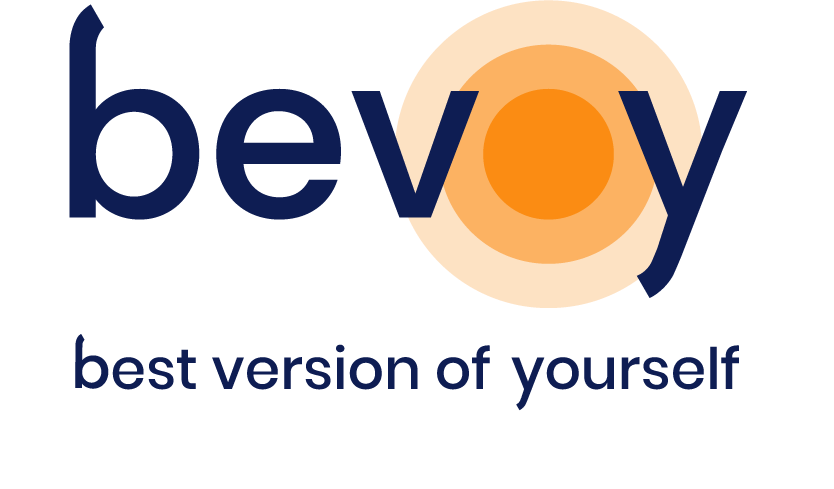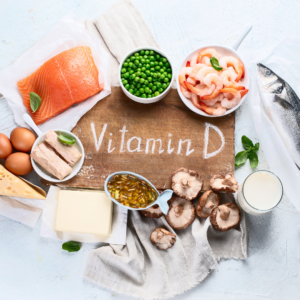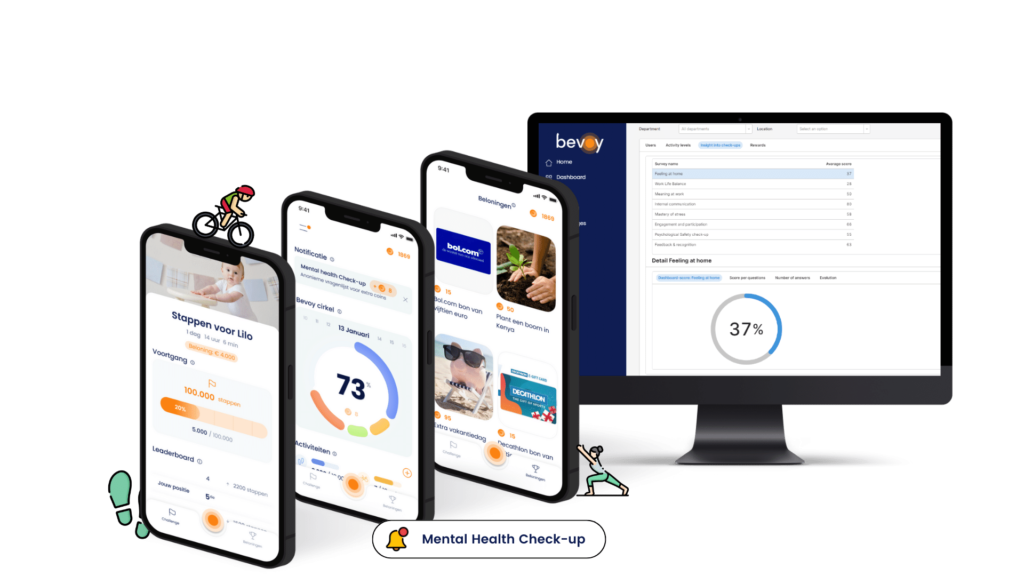Foods rich in vitamin D
Most foods do not contain enough vitamin D, making deficiency common.
So what does contain a lot of vitamin D?
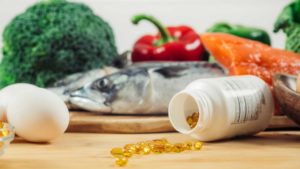
By far the best food. One teaspoon (4.5gr) of cod liver oil already provides 75%-110% of the daily recommended intake (2).
Oily fishThey are also among the best sources of vitamin D. For example, you get a very good amount from salmon, catfish, mackerel, tuna, sardines and eel. For example, 100 grams of baked salmon can provide 40%-70% of the daily recommended intake (3).
Egg yolksThe yolk of 1 egg contains on average 5% to 10% of what you should take in daily (4).
White mushrooms and shiitakePlants contain vitamin D2 while animal nutrients contain vitamin D3. Mushrooms are rich in ergosterol (provitamin D2) that can be converted to ergocalciferol (vitamin D2) under the influence of sufficient UV light ( 5)(6).
Here, mushrooms harvested in the wild are richest in vitamin D. In contrast, mushrooms grown in low-light conditions have lower amounts.
It is also very important for vegetarians because it is the only non-animal source of vitamin D.
Vitamin D uptake
First, it is important to make sure your body can absorb vitamin D through sunlight. It is estimated that we get more than 80% from the sun and the rest from food.
It is the easiest way for your body and it is healthy because you are moving when going outside. Between September and March, however, sun strength is too low in Belgium to produce enough vitamin D based on absorption through sunlight. That’s why many people are deficient after winter.
In addition to sunlight, food is also a source of vitamin D. Unfortunately, even this is often insufficient to achieve good vitamin D levels. As a result, most people have a high risk of vitamin D deficiency.
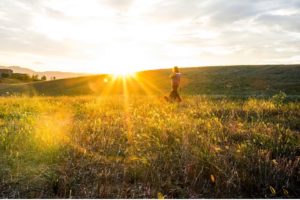
Recommended amount
- Persons up to 70 years of age need at least 10-15 mcg (400-600 IU) of vitamin D daily (1).
- Persons over 70 years of age need at least 20 mcg (800IU) of vitamin D daily (1).

What if there is a vitamin D deficiency?
In vitamin D deficiency, too little sunlight and a lack of vitamin D-rich foods are most likely the cause.
There are also several causes of deficiency and this can make it advisable to take supplements.
However, we do not recommend simply taking a supplement without a blood test:
- Because you may still be deficient despite taking extra vitamin D
- Not knowing exactly what dosage of supplement you need
- Too much vitamin D can be toxic.
Therefore, rely on the Bevoy blood test and you will no longer have to worry about deficiency or toxic levels.

Resources
- National Institutes of Health (2020). Vitamin D.
https://ods.od.nih.gov/factsheets/VitaminD-HealthProfessional/
- SR Legacy. (2019.) Fish oil, cod liver. https://fdc.nal.usda.gov/fdc-app.html#/food-details/173577/nutrients
- Z. Lu, T.C. Chen, A. Zhang, K.S. Persons, N. Kohn, R. Berkowitz, S. Martinello, and M.F. Holick. (2007.) An Evaluation of the Vitamin D3 Content in Fish: Is the Vitamin D Content Adequate to Satisfy the Dietary Requirement for Vitamin D?
https://www.ncbi.nlm.nih.gov/pmc/articles/PMC2698592
/ - SR Legacy. (2019.) Egg, yolk, raw, fresh. https://fdc.nal.usda.gov/fdc-app.html#/food-details/172184/nutrients
- H M Trang, D E Cole, L A Rubin, A Pierratos, S Siu, R Vieth. (1998.) Evidence that vitamin D3 increases serum 25-hydroxyvitamin D more efficiently than does vitamin D2. https://pubmed.ncbi.nlm.nih.gov/9771862/
R.R.
Simon
,
J.F.
Borzelleca,
H.F.
DeLuca,
C.M.Weaver. (2013.) Safety assessment of the post-harvest treatment of button mushrooms(Agaricus bisporus) using ultraviolet light.
https://www.sciencedirect.com/science/article/abs/pii/S027869151300118X
